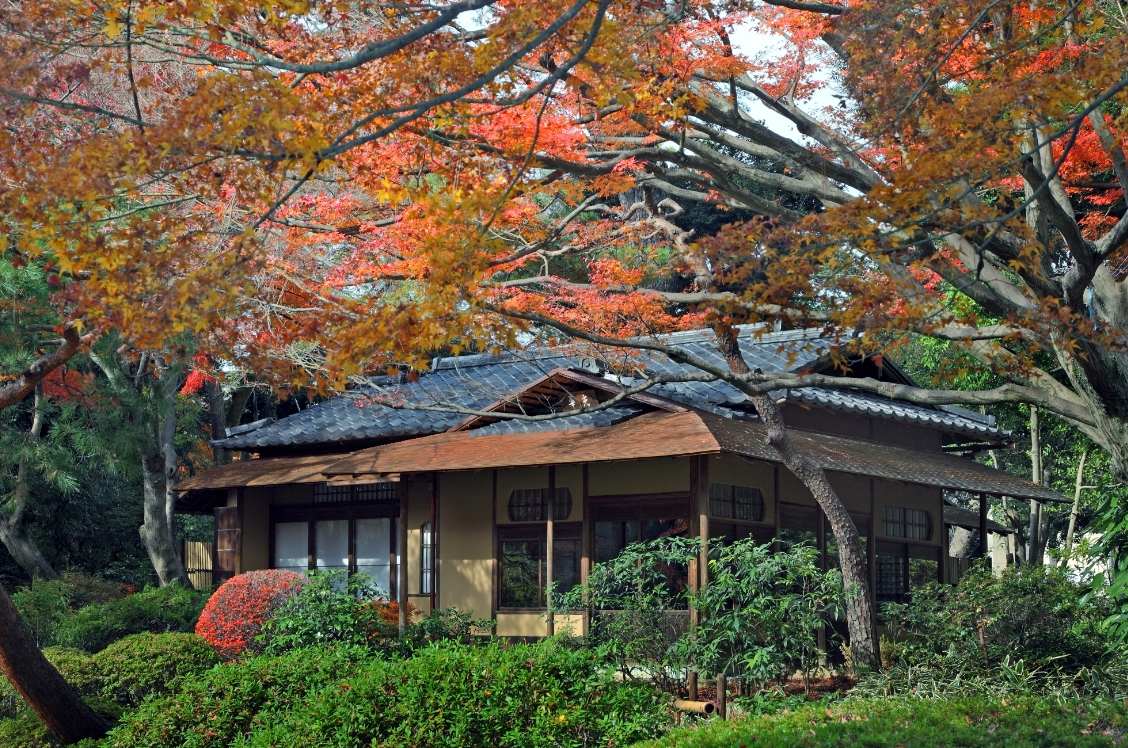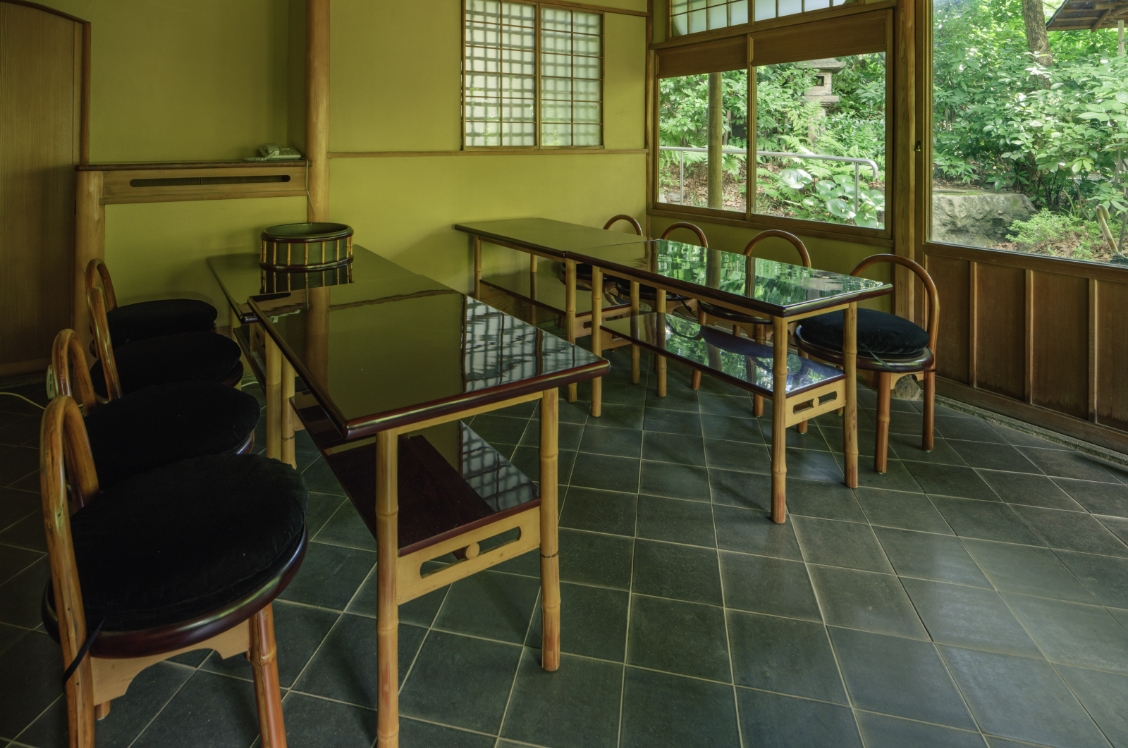Garden & Teahouse
Urban oasis “TEIEN”
The museum's gardens, a green oasis in the center of the city, consist of three areas.
Each changes with the season; all await your visit.
Teahouse
The Kouka Teahouse at the Former Residence of Prince Asaka was designed by Sason (Zesokuan) Nakagawa (1880–1957), a tea master from the Mushakojisenke school of Japanese tea ceremony. It was constructed by Masaya Hirata (1900–1980), a master sukiya carpenter from Osaka, and completed in 1936. The name “Kouka,” which is a combination of two Chinese characters meaning “light” and “splendid” to give a meaning of “resplendence,” is said to have been bestowed by Prince Yasuhiko Asaka himself, and the plaque with the tearoom’s name on it is written in the prince’s own hand.
The teahouse consists of three tearooms: the koma, or small room; the hiroma, or large room; and the ryureiseki, or room with chairs. The main roof is laid with sangawarabuki roof tiles, which are S-shaped pantiles, while the eaves are covered in kokerabuki wooden shingles wrapped in sheets of copper. The ryureiseki is a style of tearoom devised by members of the Urasenke school of Japanese tea ceremony in the early Meiji period to cater to guests from overseas who were unaccustomed to sitting on tatami floors. This style of tearoom would go on to become popular within various schools of tea ceremony after World War II, but its inclusion in a pre-war teahouse like Kouka is something of a rarity. The teahouse is notable for its high ceilings and bright, spacious interior throughout the structure, which reflects the prince’s tastes and harmonizes well with the Art Deco style of the Main Building.
In 2015, the teahouse was designated an Important Cultural Property of Japan along with the Main Building and other structures, and was reinforced in 2016 to withstand earthquakes.
- Teahouse Events
- Would you like to participate in a teahouse event at the Kouka Teahouse? See the List of Events (Events held in Japanese only)
Garden Plants
Plants you can see now
-
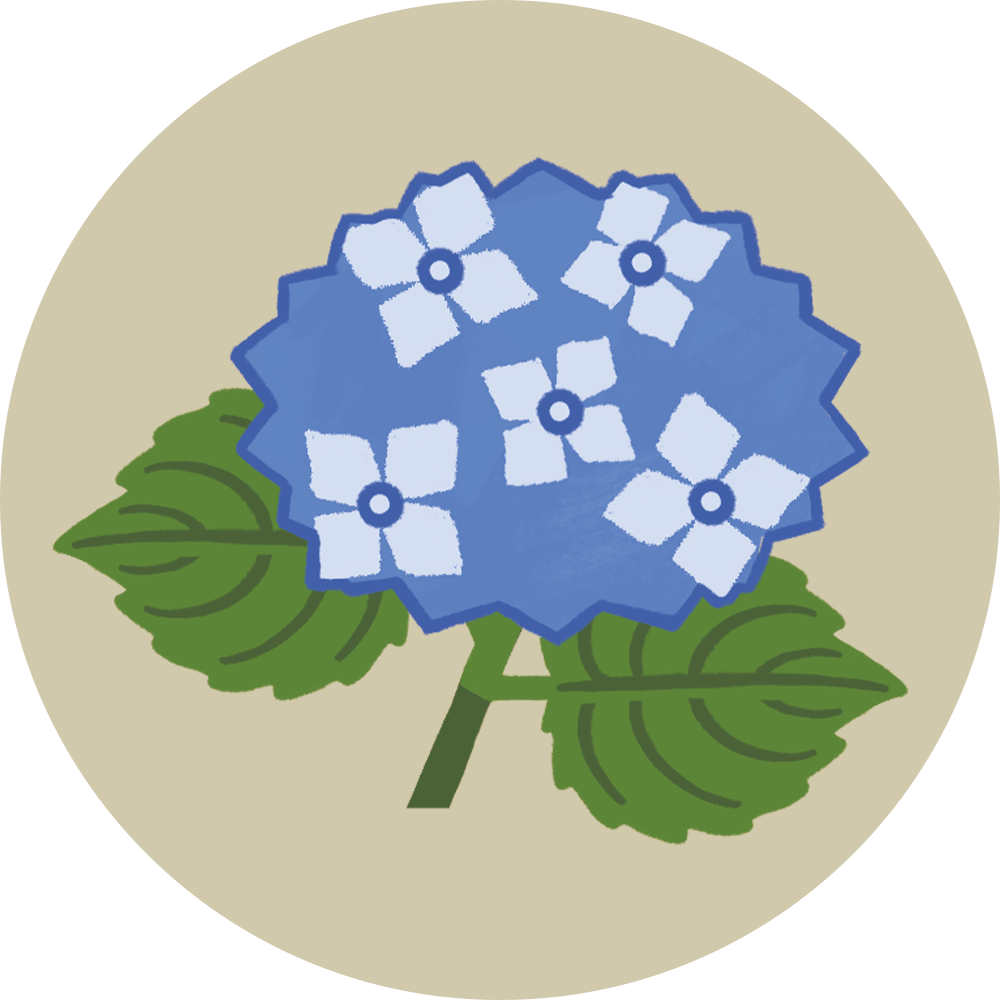
Hydrangea macrophylla -
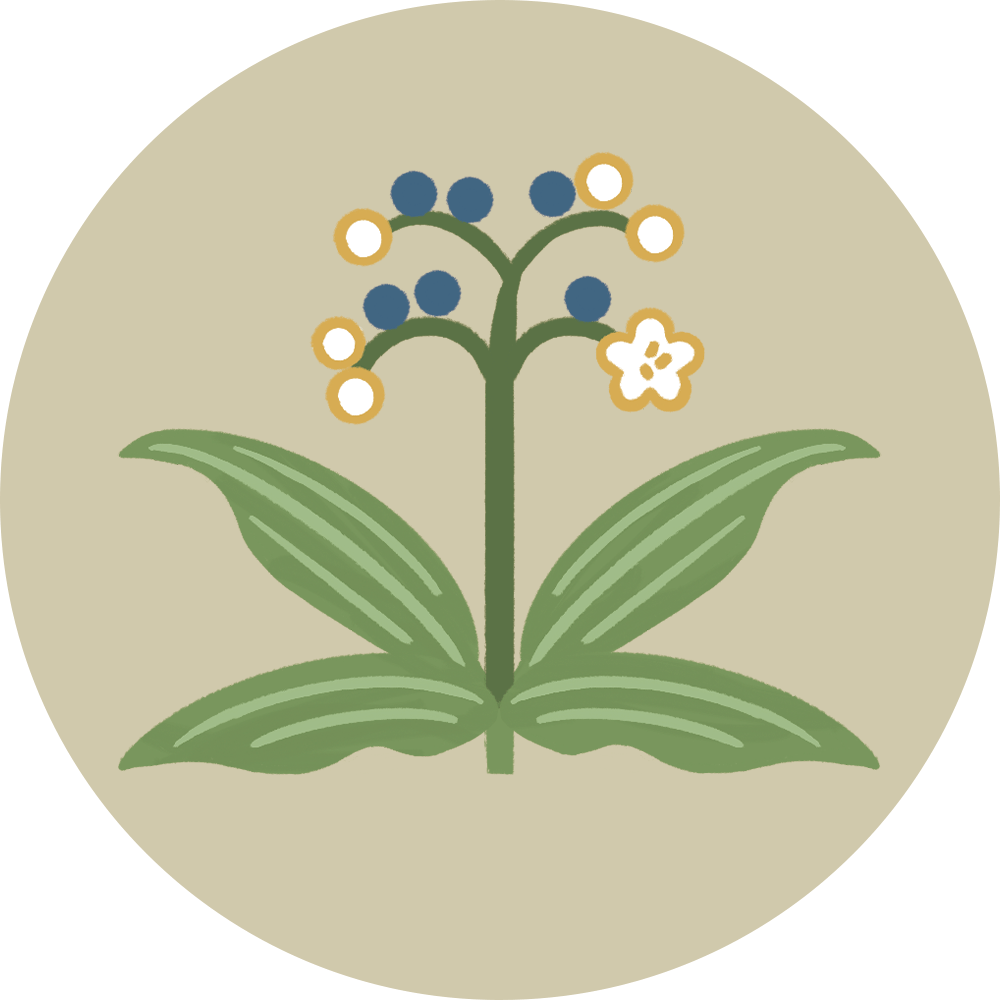
Pollia japonica -
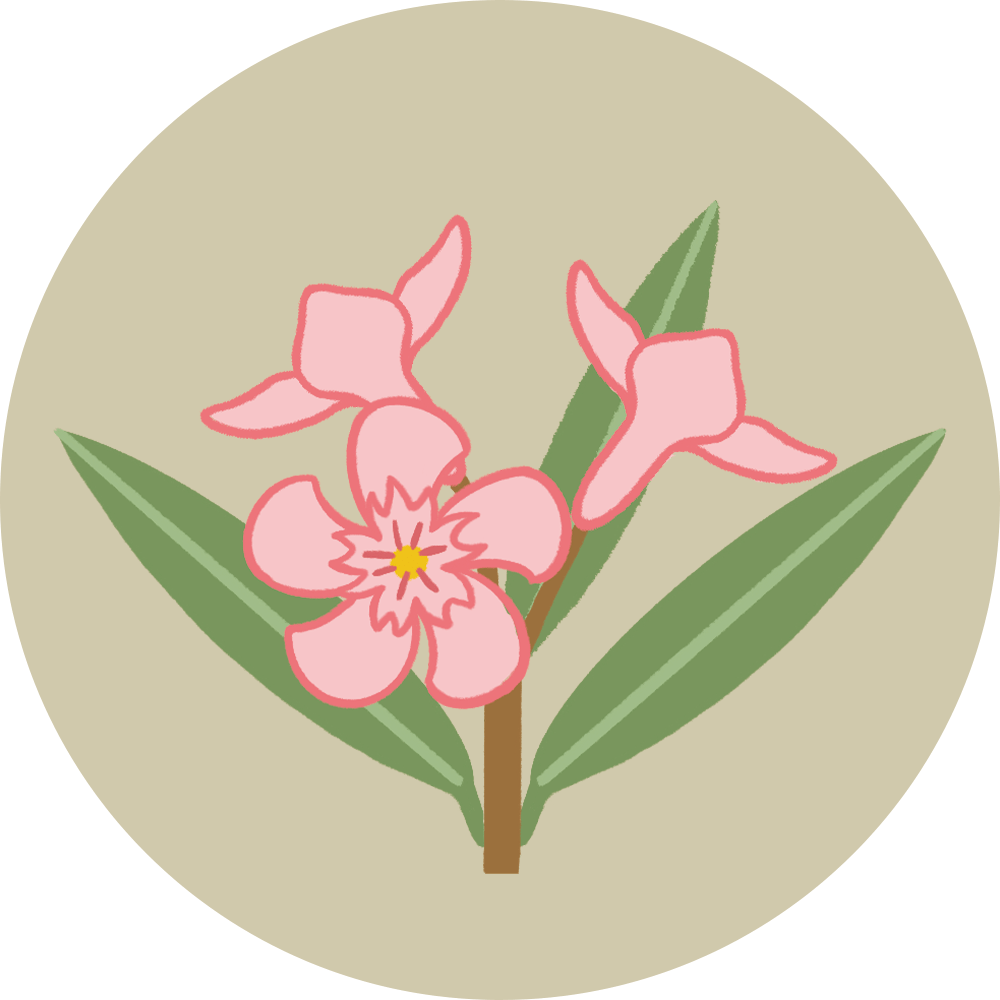
Oleander -
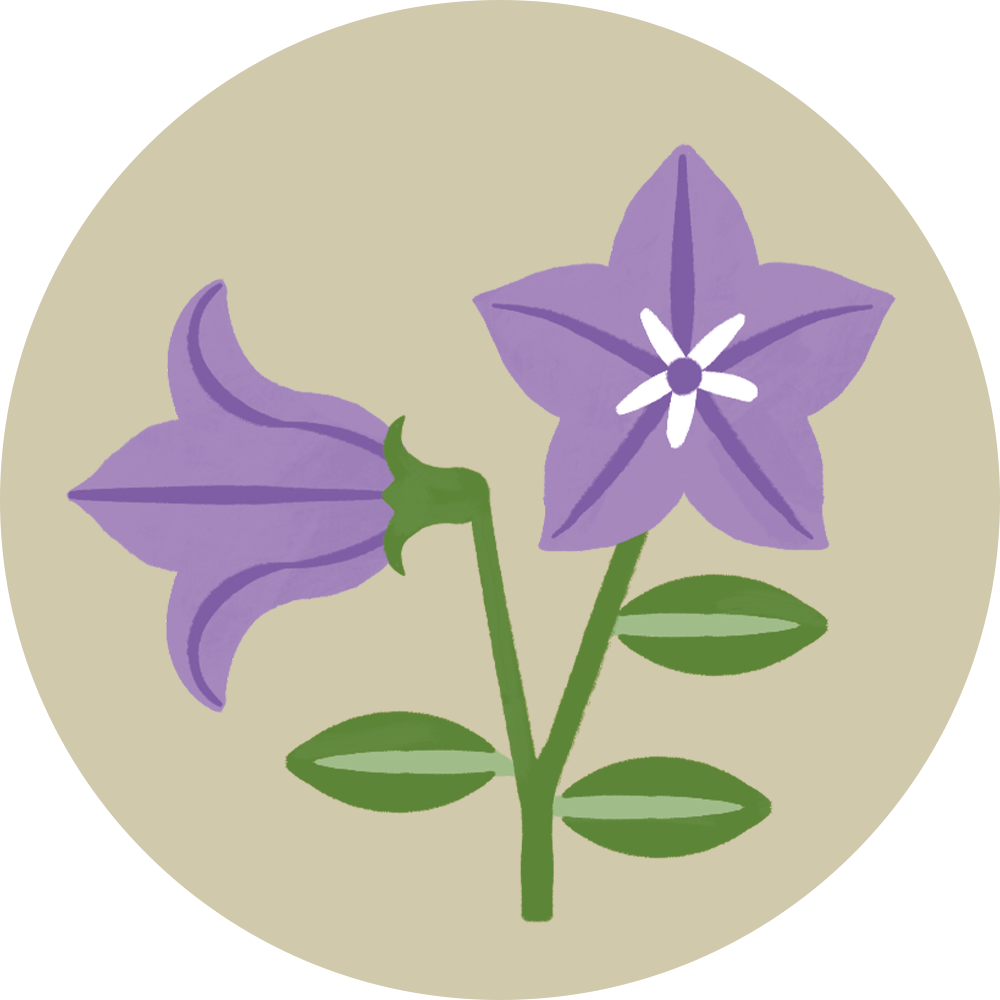
Chinese bellflower -
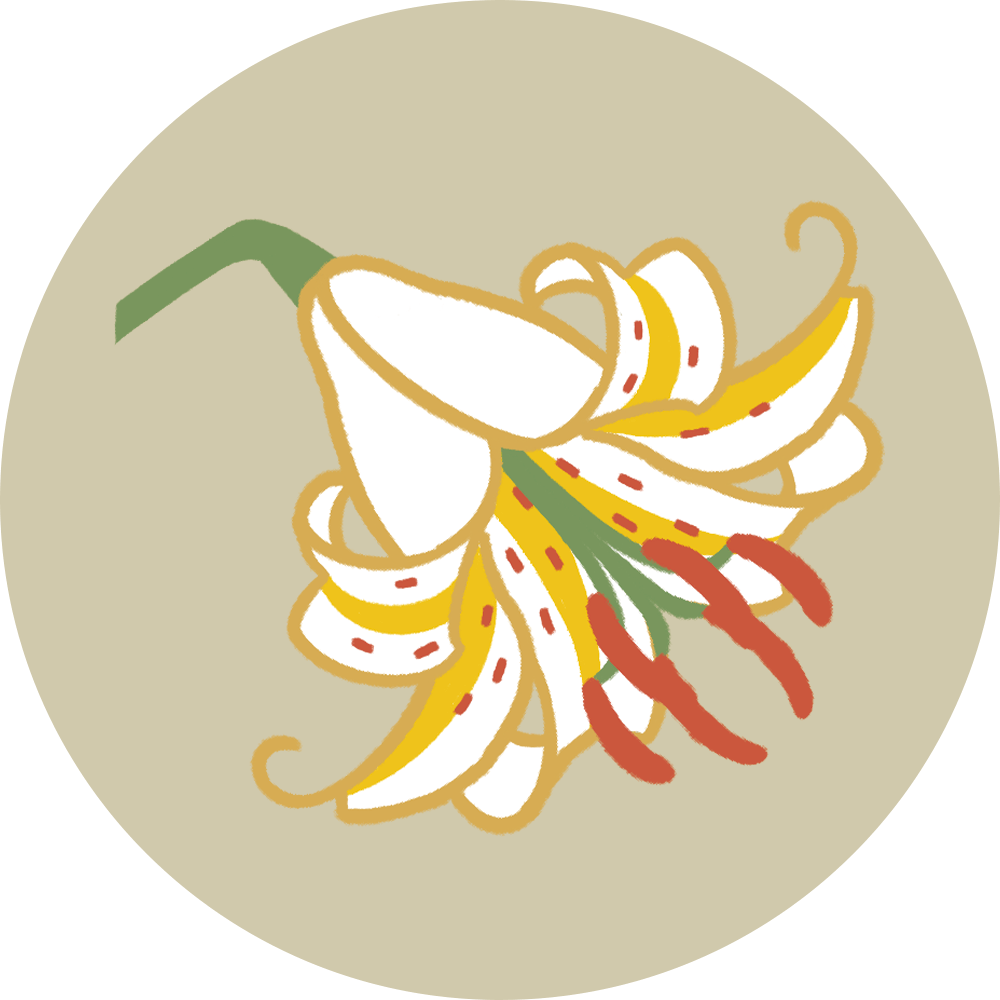
Lilium auratum
GARDEN MAP
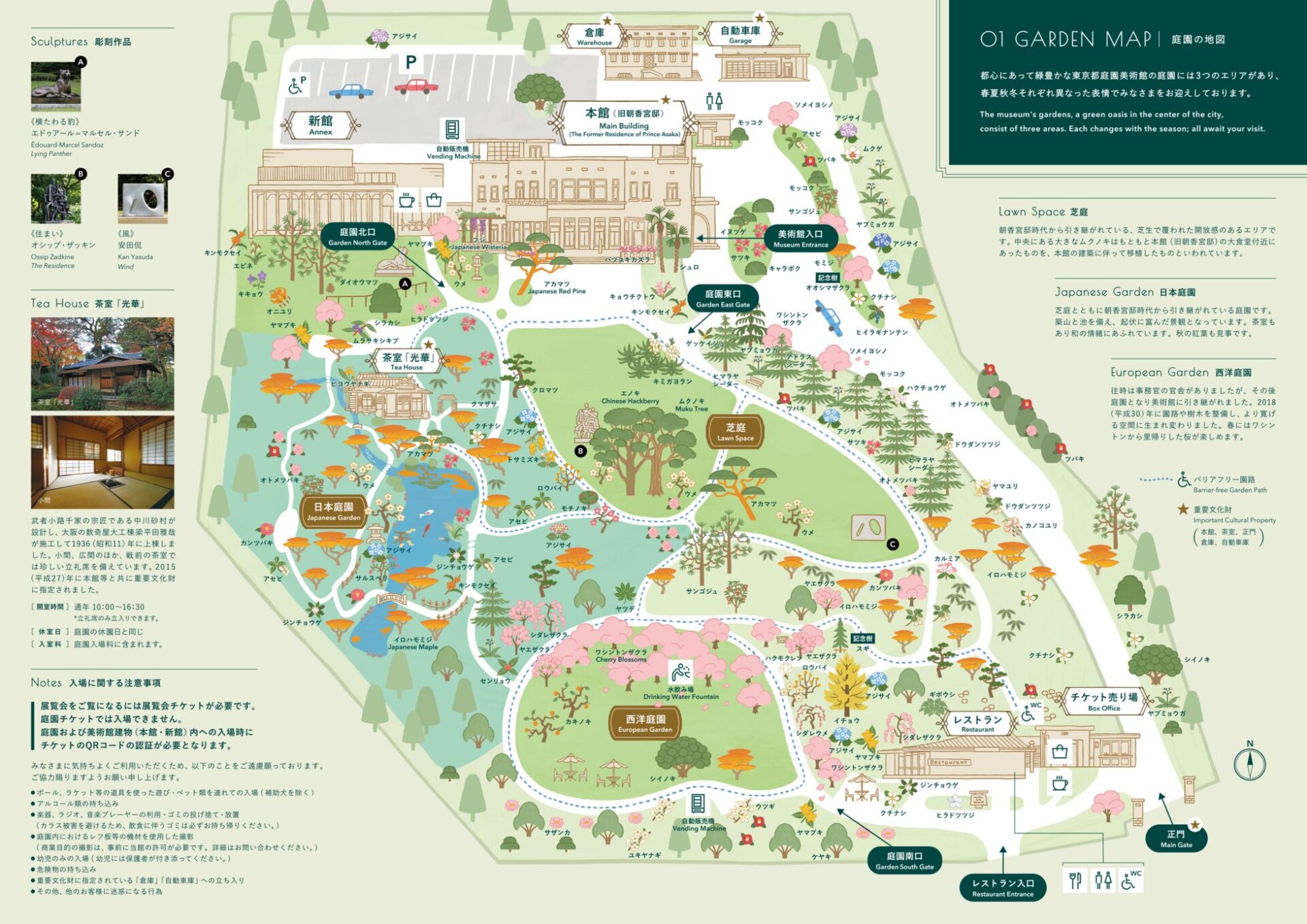
Garden Information
Opening times
10:00〜18:00
*Last admission to the garden is 30 minutes before closing.
- For your safety, some sections of the paths in the Japanese Garden are open to visitors only during the following hours:
October to March: 10:00 to 16:30
April to September: 10:00 to 18:00
Teahouse
10:00 – 16:30
Only the ryureiseki (seated tearoom) is open to visitors.
Closed
- Monday (Open, however, if that day falls on a national holiday, then closed on the following day.)
- New Year Holidays.
* When the Museum is closed for the installation of a new exhibition, the Main Building and Annex will be closed, but the garden will be open.
Garden Admission
- Adults: ¥200 (¥160)
- College and vocational students: ¥160 (¥120)
- High school students and seniors (65 and over): ¥100 (¥80)
- Figures in parentheses are group admission fees (for groups of 20 or more).
- Admission is free for visitors (and one accompanying person) with a Physical Disability Certificate, Intellectual Disability Certificate, Rehabilitation Certificate, Mental Disability Certificate, or Atomic Bomb Survivor's Certificate.
- Admission is free for seniors (65 and above) on the third Wednesday of each month.
- A ticket for admission to the Museum also admits you to the garden.
- From April 1, 2025, admission will also be free for junior high school students and younger who live or attend school outside of Tokyo.
To Our Garden Visitors
To enable all visitors to enjoy the garden, the following are not permitted:
- Play using balls, rackets, or other equipment.
- Pets (except for service dogs).
- Alcoholic beverages.
- Using musical instruments, radios, or music players.
- Leaving trash in the garden. (To avoid problems with crows, if you eat or drink in the garden, take all your trash out with you.)
- Use of reflective sheets and other aids to photography. (Permission is required for photography for commercial purposes. For details, please contact the Museum.)
- Unattended preschool-age children. (Please accompany your preschool-age children in the garden.)
- Dangerous objects.
- Any other behaviors that would disturb other visitors.





